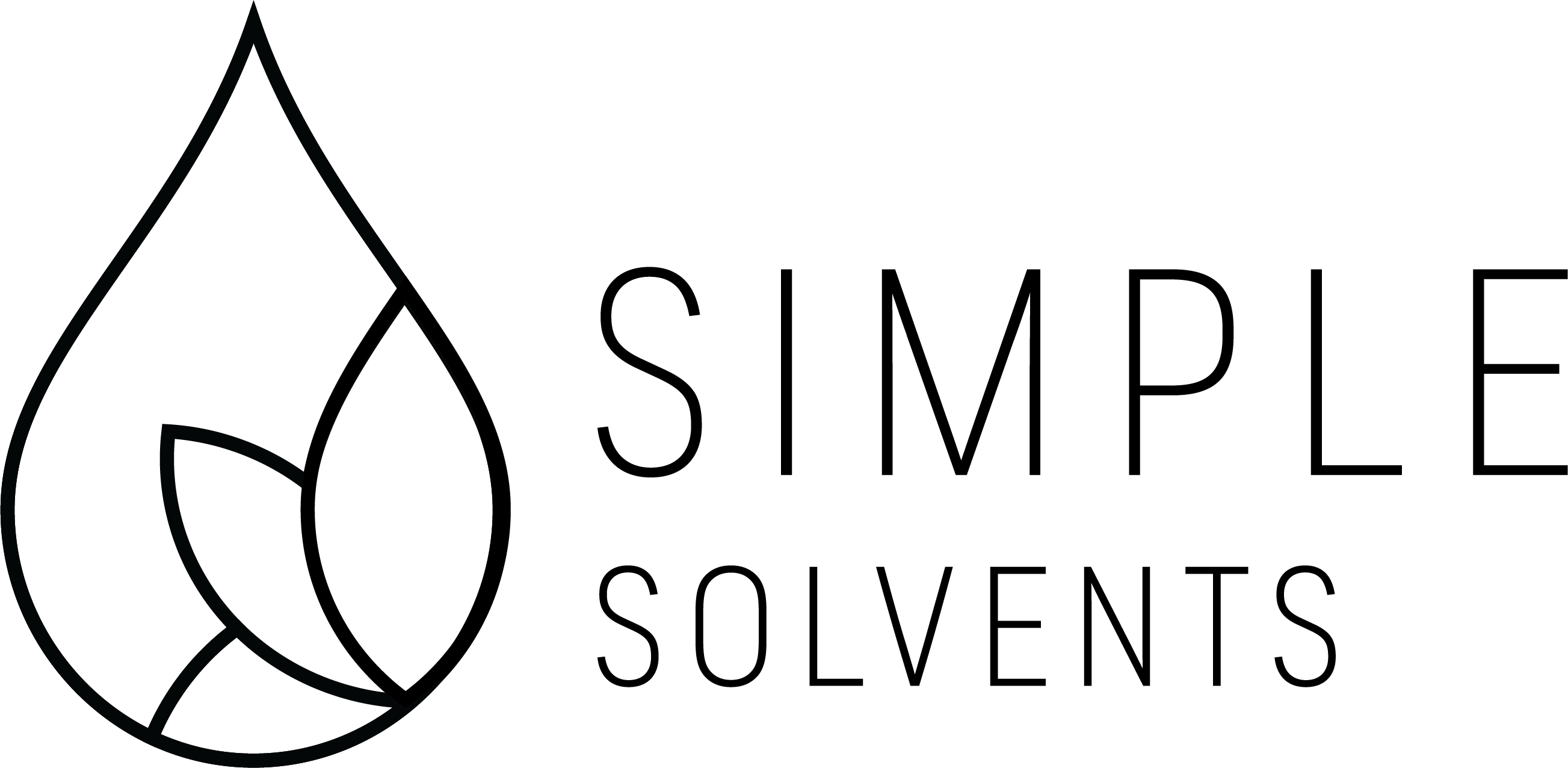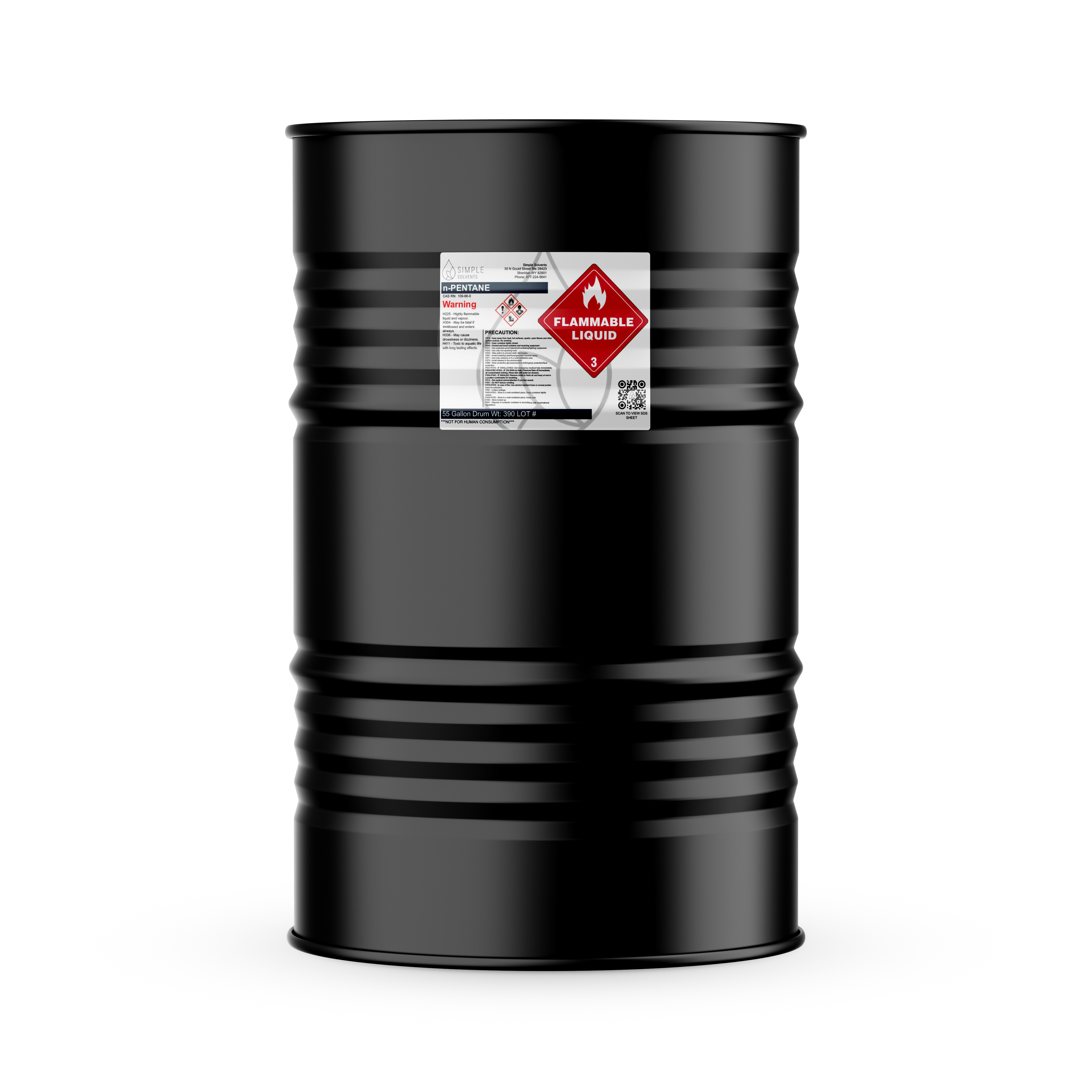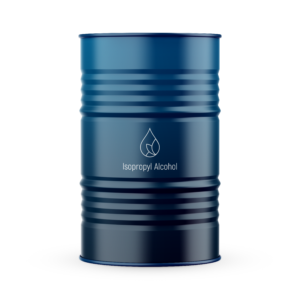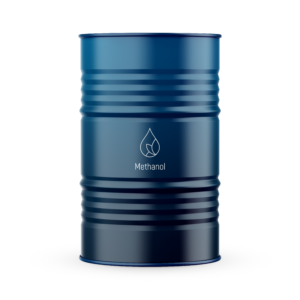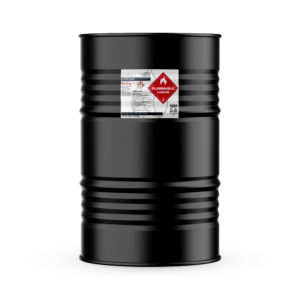n-Pentane
n-Pentane. Normal Pentane.
$1,150.00
Bulk pricing & price matching available
Lab Tested
Secure Payments
Quality Guarantee
Fast Delivery
n-Pentane – Normal Pentane
n-Pentane shows high volatility as a solvent with a low boiling point, making it useful for many applications where rapid evaporation is necessary. Also, the molecular structure makes it an excellent choice for extracting compounds insoluble in water. Normal pentane does not contain pentane isomers making it the most pure and stable option.
Common n Pentane Uses
- Synthesis of Polymers: N pentane is essential in producing durable and flexible materials like polyethylene. As a reactive diluent during polymerization, its ability to maintain viscosity control ensures optimal performance of the finished polymer product.
- Solvent Purification: N pentane’s excellent solvent properties enable it to successfully purify solvents such as hexanes for laboratory experiments and research, ensuring optimal purity while increasing the accuracy of laboratory experiments and research. With its low boiling point and high volatility properties, n pentane makes an ideal choice for solvent extraction and recovery processes.
- Resin Production: N pentane is an integral ingredient for producing synthetic resins with superior adhesion properties and bond strength, making them suitable for demanding industrial applications. Due to its unique solvency properties, n pentane has resins with exceptional bond strength and resistance – an asset, especially when combined with adhesives or coatings featuring superior bond strength. Its solvency also facilitates producing adhesives and coatings with excellent adhesion properties, which enable outstanding bond strength/resistance characteristics – ideal for applications that demand strength/resistance characteristics.
- Fatty Acid Analysis: Normal pentane is a powerful solvent, enabling precise analysis of fatty acids in food samples. Due to its ability to selectively dissolve only compounds containing fats, such as those derived from plants, its use accurately determines nutritional content. It complies with food safety and quality control standards.
- Electronics Cleaning: N pentane’s remarkable cleaning properties make it the ideal solvent for safely removing contaminants from electronic components, including delicate computer chips and circuit boards. With low surface tension and high purity levels, its effective cleansing ensures no residue remains afterward and ensures optimal performance and reliability of devices.
- Aerosol Manufacturing: N-pentane, such as hairspray and insect repellent, is essential in aerosol product manufacturing. Thanks to its low boiling point and exceptional solvency properties, the formulation of aerosol products with uniform dispersion allows users to get desired performance efficiently with ease of use.
- Pharmaceutical Production: N-pentane, such as antibiotics and anti-fungals, is used extensively in pharmaceutical production. Its high purity and compatibility with active pharmaceutical ingredients form an integral component in drug formulation to ensure quality, stability, and efficacy in these critical medications.
- Protein Extraction: n pentane is an invaluable tool for extracting and purifying proteins from biological samples, with its ability to selectively precipitate without denaturation allowing researchers to study their structure, function, and potential applications in fields like biotechnology and pharmaceutical research.
- Polymer Analysis: Researchers and quality control analysts frequently employ N-pentane to analyze polymers and assess their properties. Due to its ability to dissolve various polymers, N-pentane facilitates different techniques like gel permeation chromatography (GPC) and infrared spectroscopy, giving invaluable insight into properties, performance, and suitability for specific applications.
- Foam Production: By serving as a blowing agent, n-pentane facilitates the creation of polyurethane foam materials such as insulation or cushions with excellent thermal and mechanical properties. Controlled evaporation during foam formation ensures expansion of the polymer matrix during the formation process for increased production of insulation or cushions made with foam materials.
- Paints and Coatings: N-pentane is integral to paints, varnishes, and coatings formulation. Its ability to dissolve resins, pigments, and additives ensures good solvency, smooth application, and durable finishes while contributing to desired rheological properties such as drying time and film formation characteristics for final coating products.
- Fragrance and Flavor Extraction: N-pentane can help extract essential oils and aromatic compounds from plants with its low boiling point and ability to selectively remove volatile compounds, making possible the creation of fragrances, flavors, and aromatherapy products with authentic aroma and taste from the source material.
- Organic Synthesis: N-Pentane is a valuable solvent in organic synthesis due to its non-polar nature and low boiling point.
- Non-Polar Reactions: It is used to dissolve and handle non-polar reactants and products, ensuring minimal interference in reactions requiring non-polar conditions.
- Extraction: N-Pentane aids in extracting non-polar compounds from mixtures, enhancing the separation and purification of desired substances.
- Chromatography: It is employed as a mobile phase in column chromatography to separate non-polar compounds efficiently.
Industries:
- Cleaning & Sanitization: n-Pentane is employed in industrial cleaning applications to remove residues, contaminants, and impurities from equipment and surfaces. Its low boiling point allows it to evaporate quickly, ensuring a residue-free finish.
- Cultivation: In the cultivation industry, n-Pentane is used in the extraction of essential oils and active compounds from plant materials. Its efficiency in dissolving various substances makes it ideal for creating high-quality extracts.
- Environmental: n-Pentane is utilized in environmental testing and remediation processes. It helps in the analysis of environmental samples and the removal of pollutants and contaminants.
- Government & Healthcare: In government and healthcare settings, n-Pentane is used for specialized applications including analytical procedures and as a solvent in various laboratory processes.
- Laboratory: n-Pentane is a crucial solvent in laboratories for its use in extractions, chromatography, and as a reaction medium in chemical syntheses. Its purity and volatility make it an essential tool for precise laboratory work.
- Water Treatment: It is also used in water treatment processes to help remove organic contaminants and maintain the quality of treated water.
Product Details:
- CAS Number: 109-66-0
- Common Names: n-Pentane, Normal Pentane
- Scientific Names: Pentane, n-Pentane, Normal Pentane
Advisory Statement for n-Pentane Hazards – Storage & Handling
n-Pentane is a highly volatile solvent with significant evaporation and pressure buildup characteristics. Due to its low boiling point and high vapor pressure, proper storage and handling are crucial to ensure safety and maintain product integrity.
Volatility and Storage Considerations:
- Heat Sensitivity: n-Pentane should be stored in a cool, well-ventilated area, away from direct sunlight and heat sources. Exposure to high temperatures can increase the risk of pressure buildup in storage drums, which may lead to bulging or rupture. It is imperative to avoid storing n-Pentane in environments with extreme heat, such as warehouses lacking air conditioning or temperature control.
- Pressure Buildup: To prevent pressure issues, ensure that drums of n-Pentane are kept sealed and in a stable, temperature-controlled environment. Open drums in areas without adequate ventilation or temperature control pose risks of increased pressure and possible hazardous conditions.
- Open Drums: Having an open drum of n-Pentane in an enclosed space can lead to rapid evaporation and the accumulation of flammable vapors. This poses significant fire and health risks, including potential explosions in the presence of ignition sources.
Shipping and Extreme Conditions:
- Shipping Risks: During summer or in areas with high ambient temperatures, there is a heightened risk of drum bulging or leakage due to the expansion of n-Pentane vapors. We advise considering these factors before placing orders in warmer months or for locations with inadequate temperature control.
For safety, always ensure proper ventilation, temperature control, and secure storage practices. Following these guidelines helps mitigate risks associated with n-Pentane’s volatility and ensures a safe handling environment.
When dealing with class 3 hazardous materials like certain solvents, it's crucial to prioritize safety at every step, from purchasing to shipping and receiving. At Simple Solvents, we take care of all aspects of delivery, ensuring that our customers receive their products safely and in compliance with regulations. Here are some essential safety precautions and information needed for handling these materials responsibly:
Safety Data Sheets (SDS): Customers can access Safety Data Sheets (SDS) for all our products, which provide essential information about the chemicals, including hazards, handling procedures, and emergency measures.
Understanding Hazards: While we handle the hazardous materials, it's important for customers to understand the specific hazards of the products they are purchasing, such as flammability or reactivity, and how to mitigate them in case of emergencies. Always read the safety data sheet before buying, using, storing and disposing chemicals.
Transportation Compliance: Our operations adhere to the Department of Transportation (DOT) regulations for shipping hazmats. Be sure to communicate with your local authorities regarding permits and regulations for buying, storing, using, and disposing of chemicals.
Proper Packaging: We use approved containers, labeling, and packaging materials to prevent leaks, spills, or accidents during transit, ensuring that hazardous materials are delivered safely.
Storage Considerations: Always store hazardous materials in designated areas with proper ventilation, temperature controls, and secondary containment measures to prevent accidents and minimize risks during transportation / storage.
Disposal Procedures: Be sure to understand proper disposal procedures and regulations that are unique to your location.
Emergency Response Plan: Always be equipped with a comprehensive emergency response plan, including procedures for spills, leaks, fires, and injuries related to hazardous materials, to ensure swift and effective response in case of emergencies.
Continuous Monitoring: Regularly monitor and inspect your storage areas, equipment, and handling practices to identify and address potential safety hazards promptly.
- solvent supply made easy
Material Safety Best Practices
When purchasing, using, shipping, storing, or disposing of Simple Solvents’ products, including flammable liquids and solvents, please be aware of the following important considerations and best practices:
Some Simple Solvents products are class 3 hazardous materials and are highly flammable. They may pose significant risks if not handled correctly. Always use these materials in well-ventilated areas away from heat sources, sparks, or open flames. Wear appropriate personal protective equipment (PPE), including gloves and safety goggles, to minimize exposure.
Proper Handling
Exercise caution when handling to prevent spills, leaks, or accidents. Use spill containment measures and follow the safety data sheet for safe handling. Do not tip packaging during transit or storage – keep the product vertical at all times.
Shipping and Storage
Ensure compliance with Department of Transportation (DOT) regulations for the shipping. All shipments must be made to a commercial address with proper labeling and documentation. Store these materials in secure, cool, and dry conditions away from incompatible substances. If the product is hazardous as indicated on the SDS, consult with your local fire marshal regarding storage allowances and local restrictions to ensure compliance with regional safety regulations.
Disposal
Follow local, state, and federal regulations for the disposal of chemical materials. Properly dispose of unused or expired products through certified disposal facilities or programs. Do not dispose in regular trash or down drains.
Emergency Procedures
In case of an emergency, such as a spill, leak, or exposure, immediately follow the appropriate emergency response protocols. Evacuate the area if necessary and contact emergency services for assistance. Use spill containment kits to manage and contain leaks, and refer to the Safety Data Sheet (SDS) for specific first aid measures and response instructions.
Regulatory Compliance
Familiarize yourself with relevant regulations and safety data sheets (SDS) for the materials you are handling. Ensure adherence to all legal and safety requirements to protect yourself and others. Every state and locality may have additional rules & regulations.
By following these guidelines, you can help ensure the safe and responsible use of Simple Solvents products. Always prioritize safety, emergency preparedness, and regulatory compliance in all aspects of handling and disposal.
Recommended Products
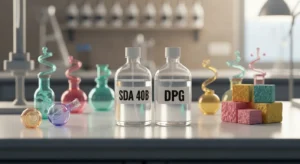
SDA 40B & DPG: Essential Ingredients in Fragrance Formulation
Behind every beautifully crafted perfume, cologne, or room spray lies a complex blend of science and artistry. While fragrance oils

Perfumer’s Alcohol: Uses in Perfumes, Colognes & Room Sprays
Perfume and fragrance creation is both an art and a science. Behind every bottle of perfume, cologne, or room spray

Isopropyl Alcohol Uses
Isopropyl Alcohol Uses by Different Industries Isopropyl Alcohol (IPA) is a versatile chemical with various uses across various industries. It

All You Need to Know About Ethanol and Its Various Uses
All You Need to Know About Ethanol and Its Various Uses Ethanol and Its Various Uses in fuels are essential

The Power of Ethanol: Fun Ethanol Facts on Safety and Industry
The Power of Ethanol: Ethanol Facts on Safety and Industry We are going to go over ethanol facts, uses and

Shipping Dangerous Goods: Regulations and Precautions
Shipping Dangerous Goods: Regulations and Precautions Shipping dangerous goods can be a tricky and sensitive process. It is crucial to
